Embracing Life After Loss!
Estimated reading time: 3 minutes, 16 seconds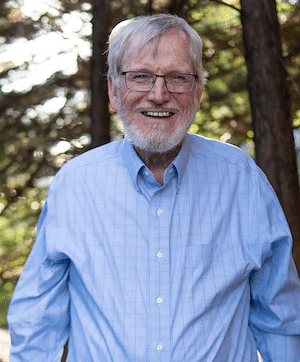
After 1,000 Days of Walking Solo, I Have Crossed Into The Future!
Over a thousand days, I have walked daily since I laid my wife to rest. It’s hard to believe, but if I had a penny for each day I walked, I would have $10, which would not even pay for the multiple walking shoes I purchase every six months. It all started on May 6, 2021, after the funeral. I remember waking up that morning with a profound sense of loss and no idea what to do with myself. Then, I saw my walking shoes on the walk-in closet floor.
Without a second thought, I put on my sweats and boots and stepped out of Apartment 3D. The soles of my shoes were like Swiss cheese, and I could feel the dampness and hard ground with every step. Initially, I thought I would walk only when I felt up to it, but slowly, it became a morning routine.
Even walking in snow, ice, and rain didn’t deter me. I remember waking up on the bathroom floor once, but every walk after that became more manageable. It’s been a daily ritual for me now, and it’s helped me cope with the loss of my wife.
As I look back on my journey of grief, I realize that it has not been an easy one. However, grief has been a great teacher and taught me things I never thought I would learn. Before my loss, I thought I understood the purpose of ears, arms, and feet – to listen, embrace, and move forward. However, it was only after I lost my loved one that I realized the true meaning behind these actions.
Throughout my life, I have always considered myself a good listener. Still, when I experienced the sounds of silence and the beauty of nature, I truly appreciated the power of listening. I found solace in the stillness and peace of the world around me, which helped me process my thoughts and emotions.
While I appreciate the support of my family and friends, I have only ever experienced the feeling of embracing my wife. Since her passing, I have focused on embracing the unknown future with each step I take. It is not always easy, but I have learned to walk confidently into the future, knowing that I am not alone in my journey of grief.
One particular reading during Friday night services has been very helpful in guiding me.
THIS IS AN HOUR of Change.
Baruch atah, Adonai, hamaariv aravim.
Within it we stand uncertain on the border of light.
Shall we draw back or cross over?
Where shall our hearts turn?
Shall we draw back, my brother, my sister, or cross over?
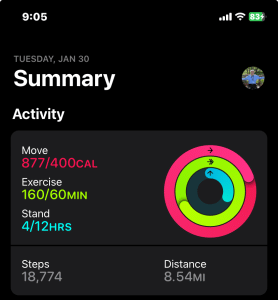
Reflecting on my journey, I realize I have chosen to embrace life and all its mysteries, even though I do not know what lies ahead. My commitment to living life to the fullest is reflected in my daily walking habit, which has led me to travel more than 8,000 miles, according to my trusty Apple Watch.
Despite the uncertainty of tomorrow, I remain steadfast in my resolve to keep moving forward. The future is like a beacon, shining brightly and beckoning me to choose life and all it offers.
Love is a mighty and enduring force that empowers us to overcome life’s adversities. It possesses the power to transform us forever and is capable of staying with us long after our loved ones have gone. Jan’s love transformed me entirely fifty years ago, and though she may no longer be with me, her spirit remains by my side every step of the way, reminding me that love is eternal and transcends all boundaries of time and space.
The Jan Lilien Education Fund sponsors ongoing sustainability and environmental awareness programs. All donations are tax-deductible.

This work is licensed under a Creative Commons Attribution-NonCommercial 4.0 International License.
After almost 48 years, I recently lost my wife, Jan Lilien. Like The Little Prince, Jan and I believed that “The most beautiful things in the world cannot be seen or touched, they are felt with the heart.” This blog is a collection of my random thoughts on love, grief, life, and all things considered.
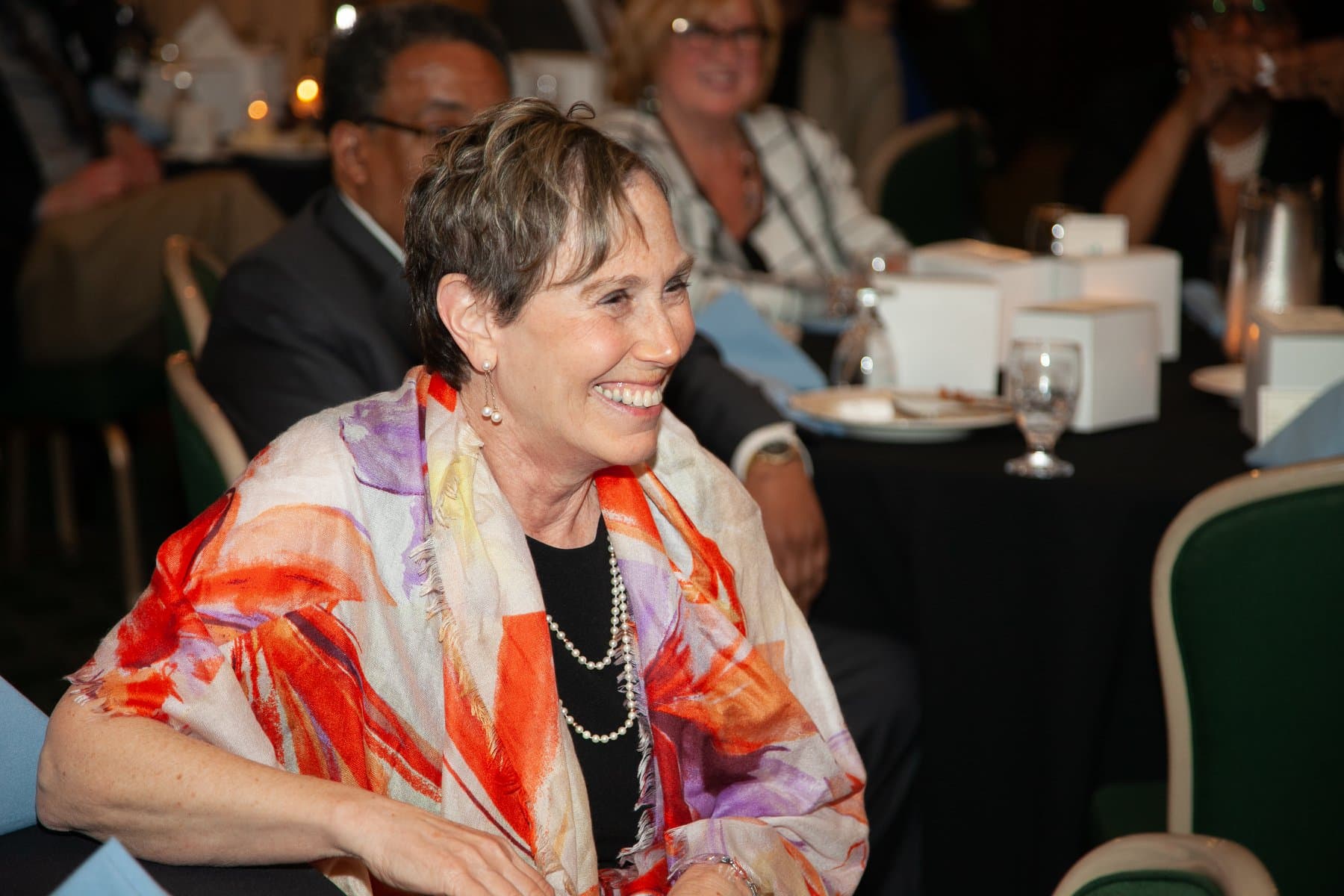

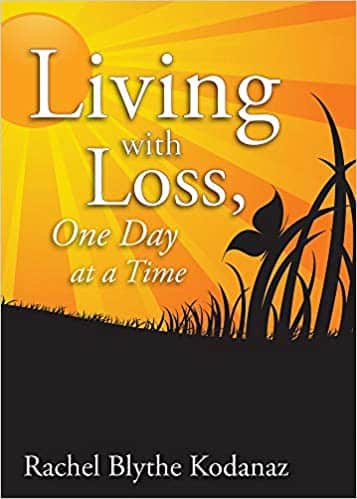
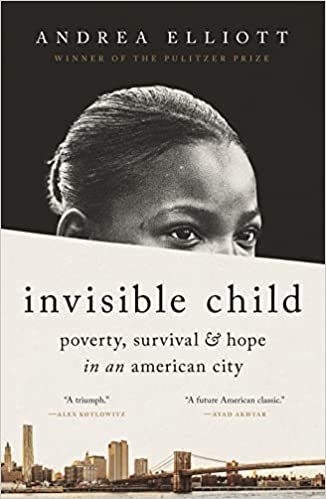
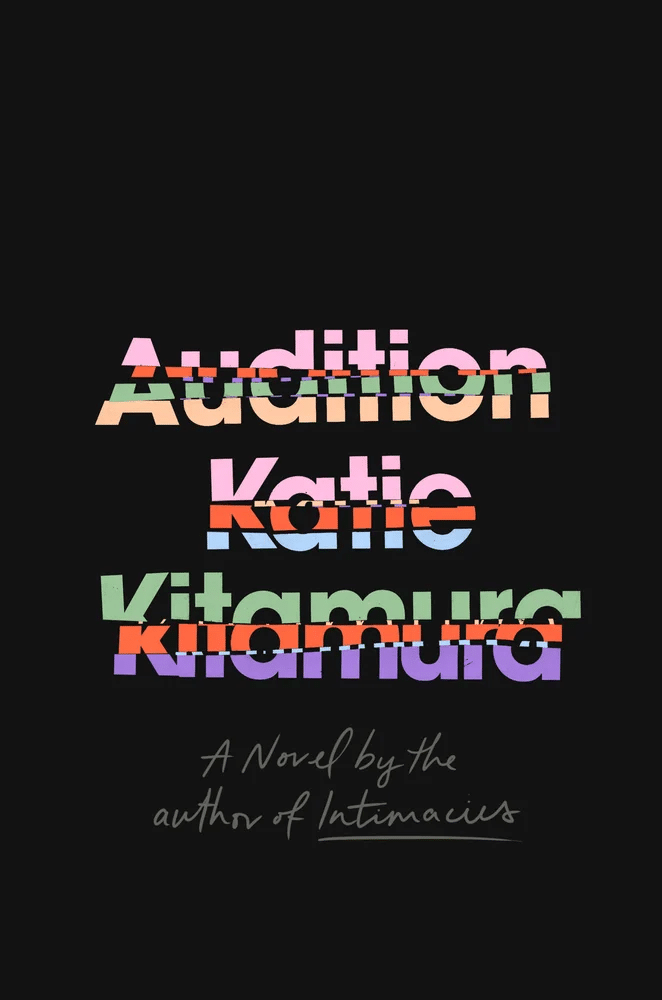
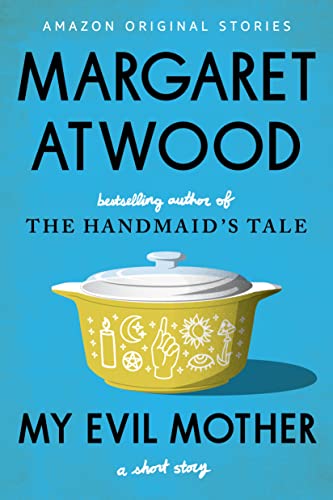
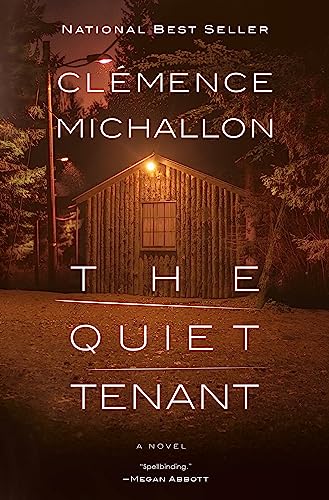
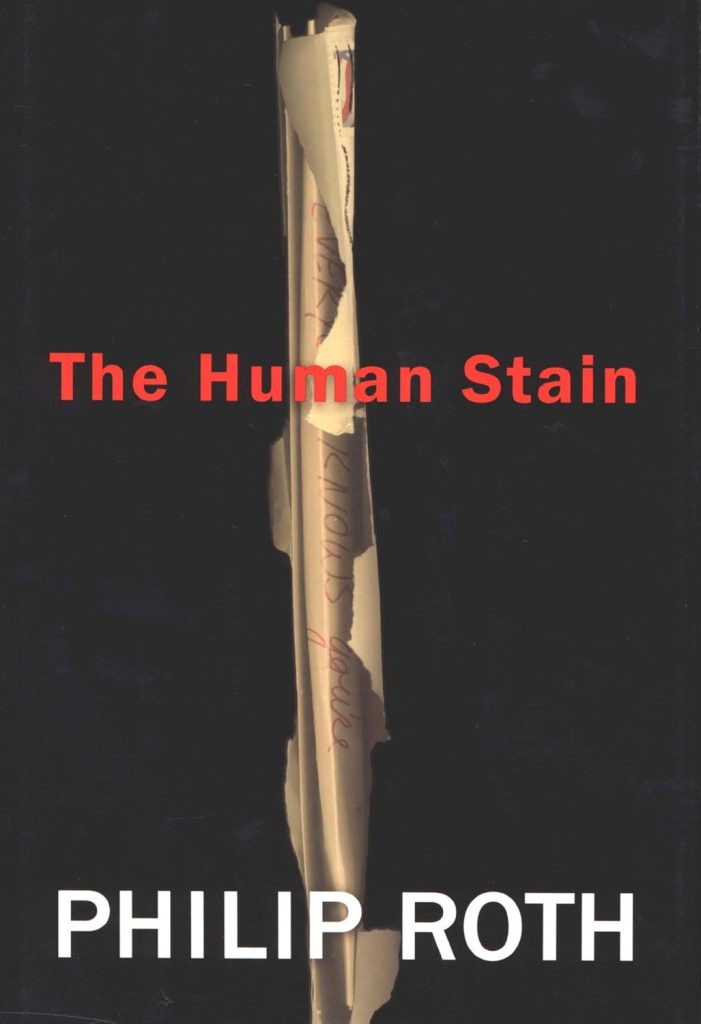
Richard, such encouragement and inspiration in your writings and posts. May you continue to find the strength to write and share with others. Warm regards,
Diana, I am grateful for your kind words. My words come from deep within me as a reminder that love never dies. Even when faced with loss, we must choose to live life to the fullest. Although my heart still aches for my beloved wife, I decide to wake up each day with enthusiasm for the new opportunities it brings. I take time to appreciate the beauty of nature and listen to my heart, growing stronger and more resilient with each passing day. This journey has taught me that even in the darkest times, there is always light to find.
Hello Richard:
Walking is the best exercise to keep your brain and body healthy. The best part is that it has helped you to overcome your grieving. People should follow your steps. It may be time to write a book about grieving guidance.
Thanks, Hugo. Walking has helped me find peace and tranquility and allowed me to contemplate life, love, and the grieving process. When I tell people about my walks, they often ask me what I listen to. While I do listen to nature, I also listen to my soul. By paying attention to the innermost essence of my being, I can walk farther than my old body should allow. This practice also helps me clear my mind and envision a future.
Some readers have focused on the number of days and miles as if that were the goal. While it’s true that I may not always be able to walk as long or as far, I can still embrace life fully and contribute to making the world a better place for everyone.
I appreciate your suggestion and am touched that you think I could write a book. It’s something that I’ve always dreamed of, but I’m not sure if I have what it takes to be a writer. You see, I’m just an average man trying to manage the loss of the love of my life. It’s been a challenging road, but I’ve moved past the initial stages of grief. However, the emptiness and loneliness I feel daily are sometimes unbearable. It’s like a constant ache in my heart that never goes away, no matter how hard I try to distract myself. Writing a book would allow me to process my emotions and hopefully connect with others going through a similar experience. I know it won’t be easy, but I will try.